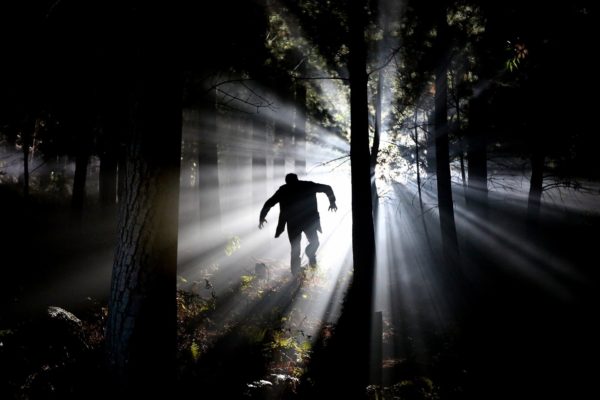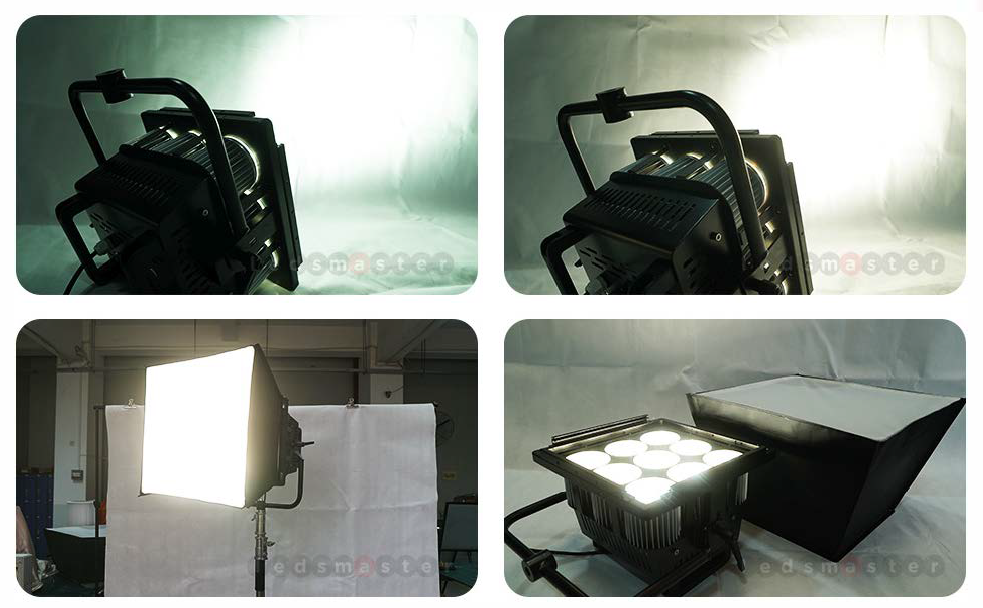“Lighting is to film what music is to opera”
– C.B. Demille [Brown 1996]
Lighting is commonly used in the film shooting industry. Through the application of lighting technology, the visual effects of film can be improved, and the recognition of audiences can be improved.
Table of Contents
1.The history of lighting in the film shooting industry
1.1 Eyes, camera, and the three-dimensional world
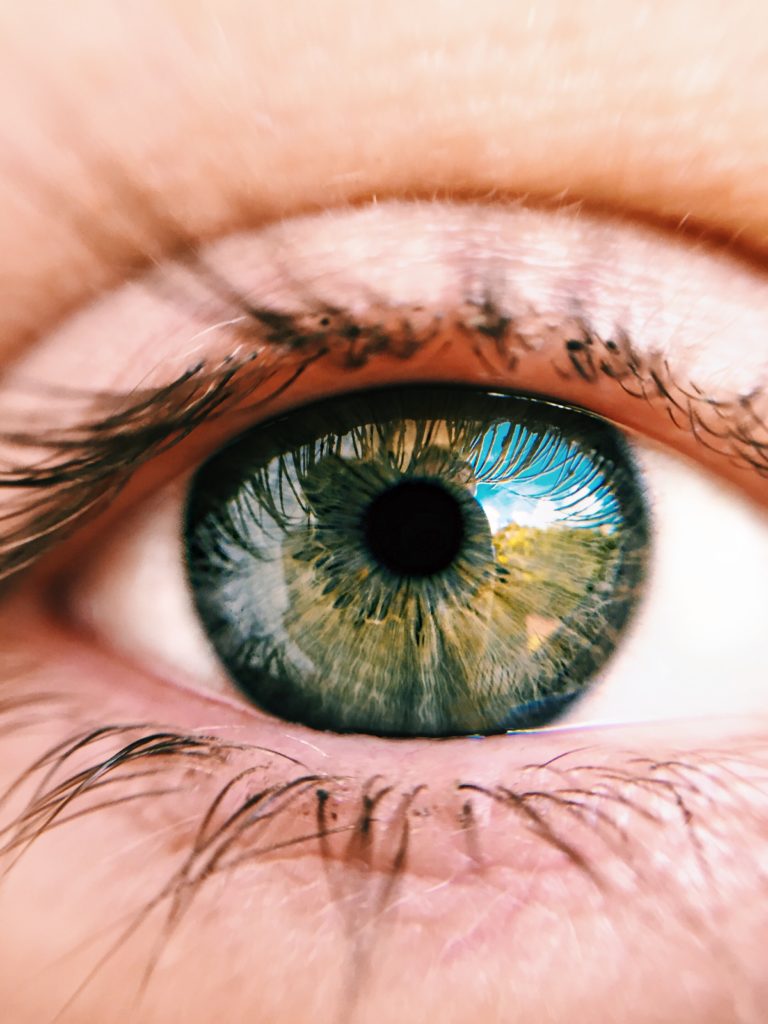
The world in our eyes is not the real world. It is the light reflecting objects in our daily life. The world is constructed by various wavelengths of light, which bring us huge visual information. And through brain calculation, it becomes our thoughts, understanding and emotions. Eyes are the principle and foundation model of the camera. The light pass through a small hole (iris) and inverts the image on the other side of the hole. And then the reflective surface flips the image back. And finally formed the world. The brain of the image mapped by the light of the human eye will form a 3D model, but the camera can only do 2D module composition.
Cinematographers and producers have been researching and improving the technology and skills of sculpting images and manipulating light for so many years to construct three-dimensional moving images.
1.2 The evolution of lighting in storytelling
Humans’ control of light originated from fire. People must have very familiar images in their minds about the scenes of storytelling: people gather around the campfire and tell stories of the past. In fact, this impression is also very common sense. In the age when electricity was not invented, fire was the only lighting tool, providing us with a warm and safe environment. When warm, light, food, etc. these things which makes people comfortable appearing, people gathering together, and when the fire light is the only visual focus, the storytelling unfolds naturally. And when the bonfire burns out, it is also the time to end the story. This scene looks so harmonious, not against harmony, and convincing.
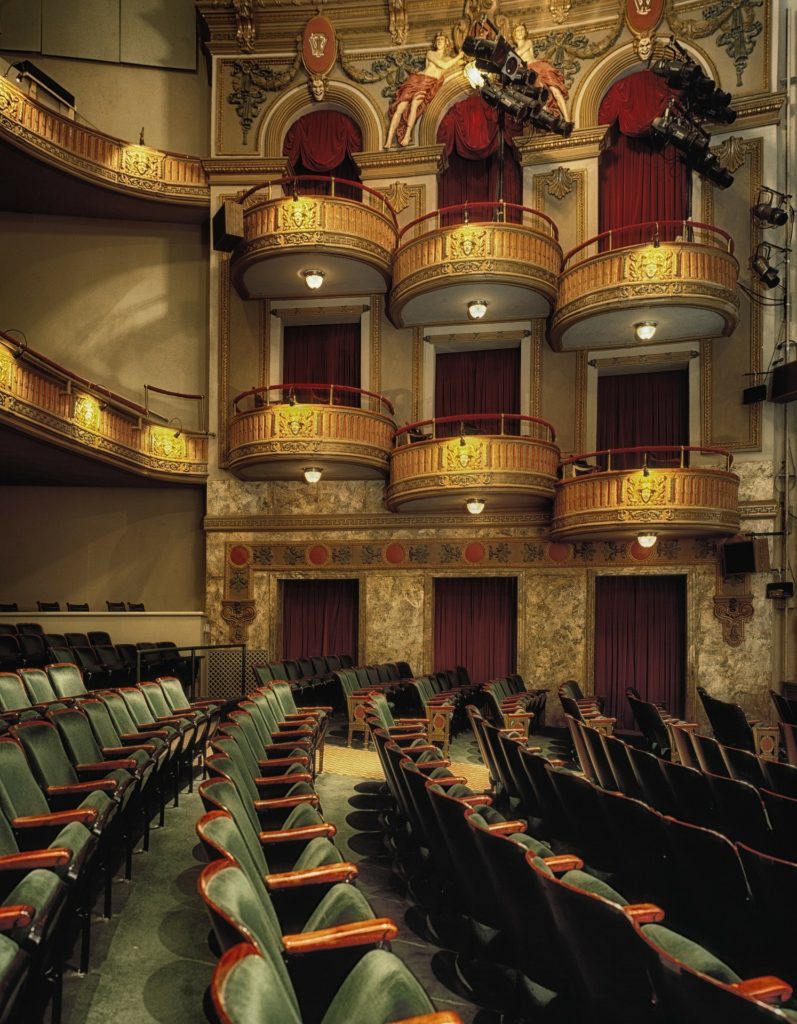
As the content of the story gets enriched, with the cooperation of props, the improvement of the actor’s acting skills, and the increase of the audience’s psychological needs, human storytelling has gradually developed into a dramatic performance. So there is a problem, if there is not enough light, these performances cannot be interpreted well. Therefore, in the early days, theater performances relied on daylight to illuminate the performance. It wasn’t until 1781 that a French chemist named Laviosier invented a controllable directional lighting method that used mirrors to reflect the light of oil lamps, although some wealthy theaters could still use lanterns for lighting at that time. It wasn’t until the gas lamp was invented that there were more extensive indoor performances. In the end, the application of the spotlight also created a common phrase ” Step into the limelight”.
The gradual development and advancement of lighting technology has enhanced the audience’s experience in the theater. However, when the film was created in 1888, the camera could only obtain a decent exposure with the help of natural daylight outside. Early movies, such as Thomas Edison’s Black Maria, used the scaling of the roof ceiling to capture natural light. In 1912, the White Flame Carbon Arc was developed and applied, and indoor lighting got a relatively good solution, but the disadvantage is that they emit noise and are accompanied by a certain degree of danger. Soon after, the tungsten lamp was also invented, a relatively safer lighting tool, and it has also become the main film lighting fixture for a long time. At that time, in 1927, panchromatic film stocks were also invented.
Since the beginning of film production, camera, lighting, film and digital technology have been continuously improved.
1.3 The formation of film theory and style
However, in the process of the formation of film theory, film type and lighting style are set as a certain standard.
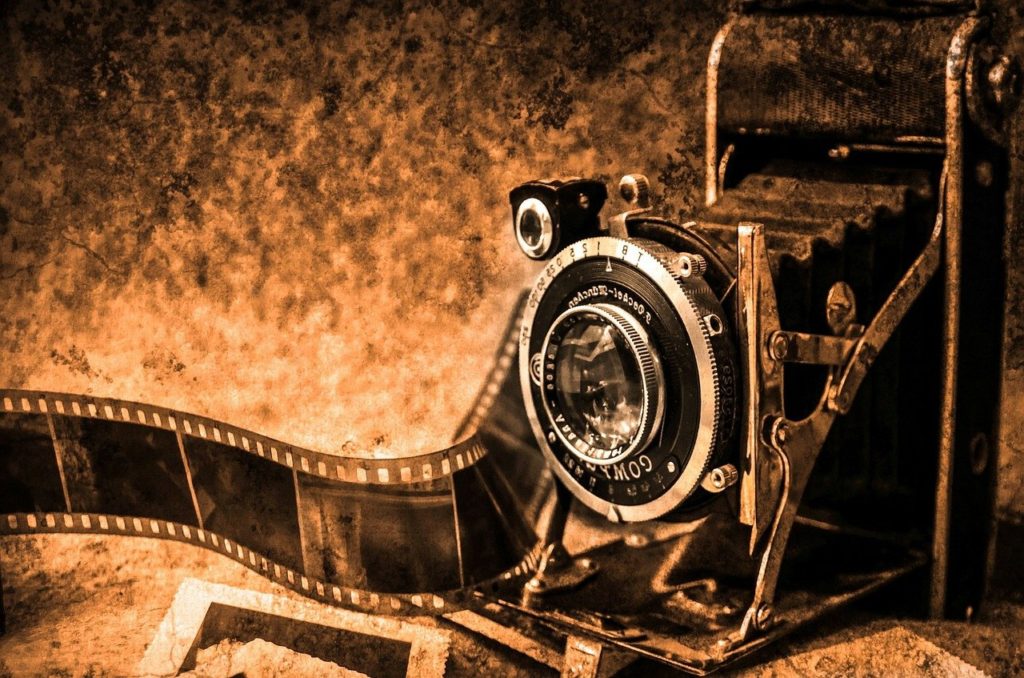
The style of the film is not divorced from the shadow of early human narration around the campfire, and on this basis, many elements are added to construct different narrative methods, such as comedy, drama and other types of stories to show the process of human struggle, the moment of achievement and emotional changes. In these narrative processes, light and color play a very important role. Few elements are as infectious as light and color. They directly contact the emotional nerves of the audience from the visual aspect. Because the human nerve will make different emotional reactions to the changes of light, so the visual display is realized through the style of lighting, and various schools are formed due to different characteristics.
Film theory holds that lighting styles are crucial, even as time goes on, they are still an indispensable part.
To be continued…
Section(Ⅱ): https://www.ledsfilm.com/analysis-of-lighting-in-film-shooting-industry%E2%85%A1/
Section(Ⅲ): https://www.ledsfilm.com/analysis-of-lighting-in-film-shooting-industry%E2%85%A2/
Products you might like:
Bi-color LED video lights
Those of us who have taken even one photograph know that lighting is an essential element of photography and video shooting. Images with good lighting easily pique one’s curiosity because they stand out from a mile. But how, specifically, our lighting help? Below are some pointers:
√ Light color determines the mood in scenes. Our bi-color studio lights can emit warm white or cool white lights
The color temperature can be adjusted from 3200K to 5700K for different scenes and moods
√ Having the correct lighting enhances the quality of the final product. Ledsfilm’s video lighting has various powers and lumen outputs that suit different needs. From 600W to 1500W LED
√ Our powerful studio lighting helps 1n 1ncreas1ng the sharpness of images or clips
√ Colors become more vivid and vibrant, and that sets the ideal atmosphere to create a professional-looking photograph or video. Ledsfilm’s Video lighting have high CRI of 95+ for better color reproduction
√ Good lighting reduces the complexity of the editing process and production costs
Why Bi-color LED Lights?
A bi-color light ideally offers the user more than one color to work with. Lighting your video shoot can be problematic because there is a difference in how our eyes observe light compared to the perception of a camera lens.
Using bi-color lights in video shooting improves the ability to see the aspects in the frame and how they relate to one another.
Bi-color video shooting provides a wonderful tonal range regardless of color and background.
LED is the perfect match for high-power studio lighting because of its high energy efficiency (140 lm/W) and long lifespan (80,000 hours).
